1. Bookshelves as Room Dividers
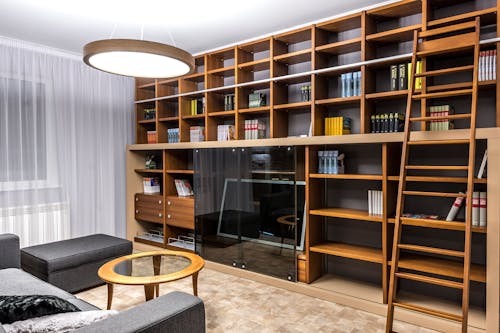
Use open shelving units to separate zones—like living from dining or bedroom from lounge—without building walls. They offer storage, style, and flexibility while maintaining visual flow. In tiny homes, shelves carve purpose from shared space. In larger ones, they add rhythm and dimension.
Let books, plants, and objects play both sides. You’re building a boundary with beauty, not blocks. Division doesn’t need to feel like exclusion. Rooms relate better when the walls listen.
2. Diagonal Corners for Chairs
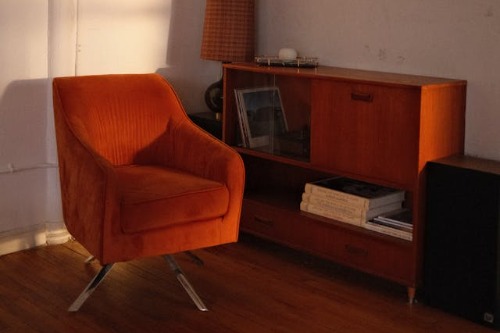
Angling chairs into corners—rather than squaring them—creates dynamic lines and frees up space. This arrangement makes small rooms feel wider and large ones feel cozier by softening hard angles. It also encourages eye contact and organic conversation. Angles replace echoes.
Pair each chair with a small side table or a floor lamp to complete the vignette. In bedrooms or studies, this trick turns dead corners into reading nooks. Diagonal placement builds intimacy from geometry. Even awkward corners find charm.
3. Nesting Tables Over Coffee Tables
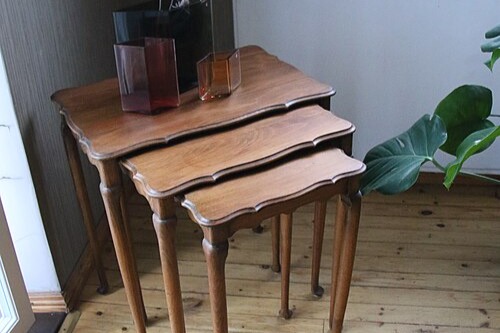
Traditional coffee tables can eat up valuable floor space—but nesting tables offer flexibility without the bulk. Use two or three graduated sizes that slide under one another, giving guests more surface options when needed. It’s adaptability in compact form. Tables that tuck help rooms breathe.
In larger rooms, nesting tables still add architectural interest and layering. Style them with plants, books, or trays for modular beauty. Utility meets sculptural edge. Furniture works smarter when it doesn’t insist on permanence.
4. Symmetrical Sofa-Chair Layout
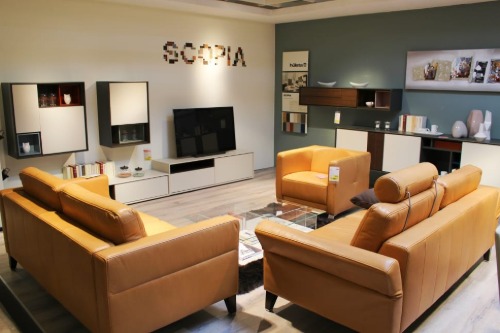
Placing a sofa opposite two matching chairs creates visual balance and a reliable conversation setup—ideal in rooms of any dimension. In small spaces, use armless or low-profile chairs to keep sightlines open. In bigger rooms, symmetry brings order to expanses of furniture. The room starts to feel composed without rigidity.
Anchor the arrangement with a central table and surrounding light sources to complete the symmetry. This setup invites interaction while keeping traffic flow intact. Balance is calming, no matter the size. Symmetry supports stability—and style.
5. Bed + Bench Combo
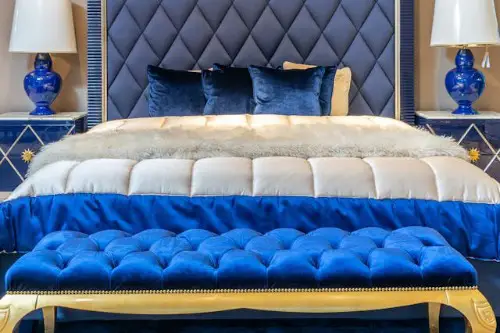
Adding a bench or ottoman at the foot of the bed works in tiny bedrooms and oversized suites alike. It defines the edge of the sleep zone and offers seating or storage without bulk. In smaller spaces, choose a slim bench with open legs to reduce visual weight. Beds don’t need isolation—they need conclusion.
In spacious rooms, this combo adds rhythm and texture. Top the bench with a tray or folded throw for layered flair. You’re making the bed into a destination, not just a requirement. Function follows form here—and comfort follows both.
6. Wall-Mounted Desks or Consoles
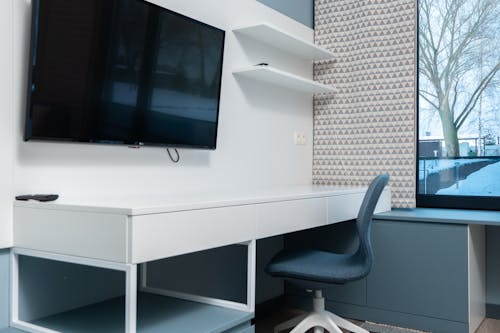
These slimline pieces offer workspace or display surfaces without taking over square footage. Mounted on walls or flush against corners, they’re perfect for entryways, small offices, or behind sofas. The key is proportion—a shallow depth creates utility without crowding. Surface gains without sprawl.
Use paired stools or tuckable chairs to keep things tidy. In large homes, this setup adds subtle zones that prevent furniture gaps. Vertical real estate becomes your best friend. Walls should work—not just wait.
7. Round Tables in Tight Dining Zones
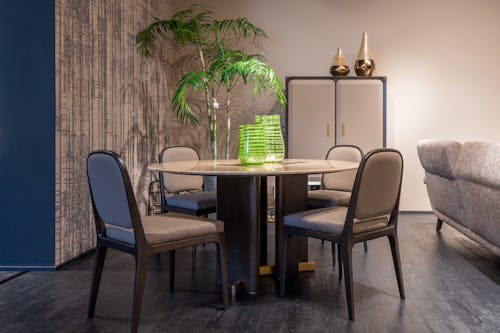
Square tables may seem logical, but round ones allow better circulation and social flow—especially in small dining areas. They eliminate sharp corners and encourage gathering, even when seating is limited. Roundness promotes connection. Geometry turns generous.
In bigger rooms, round tables help break up linear monotony and serve as flexible hubs for activity. Add stackable chairs for quick party expansion. Dining becomes danceable when the shape moves with the vibe. Circles soften space where rectangles won’t.
9. The Floating Sofa
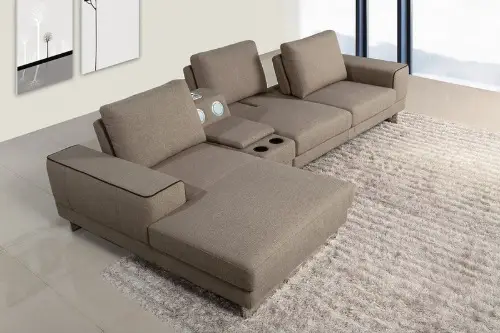
Instead of pushing the sofa against a wall, pull it forward slightly to create breathing room and define the living area—even in studios or small dens. This “floating” technique allows you to anchor the piece with a rug or coffee table, making the room feel intentional rather than crammed. It also opens space behind the sofa for shelves, lighting, or walkways. Placement becomes flow, not just function.
This approach works in large rooms too, preventing wall-hugging layouts that feel disengaged. Letting the sofa lead invites conversation and movement. You’re creating a zone, not just filling a footprint. Rooms breathe better when furniture is centered in purpose.
9. Rug-Framed Layouts
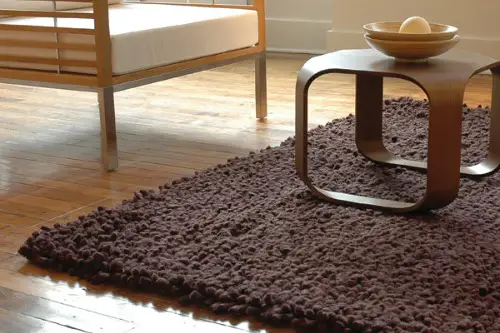
Rugs do more than warm up floors—they define zones, anchor furniture, and balance proportions regardless of room size. A well-placed rug draws lines and invites occupancy. Even mismatched furniture finds coherence when grounded by pattern and border. Rugs whisper “this belongs together.”
In compact rooms, rugs can simulate walls without adding bulk. In big spaces, multiple rugs signal activity zones within the expanse. Ground your furniture—and your energy. Boundaries feel better when they’re soft.
This post 9 Furniture Arrangements That Work in Every Room—No Matter the Size was first published on Greenhouse Black.
